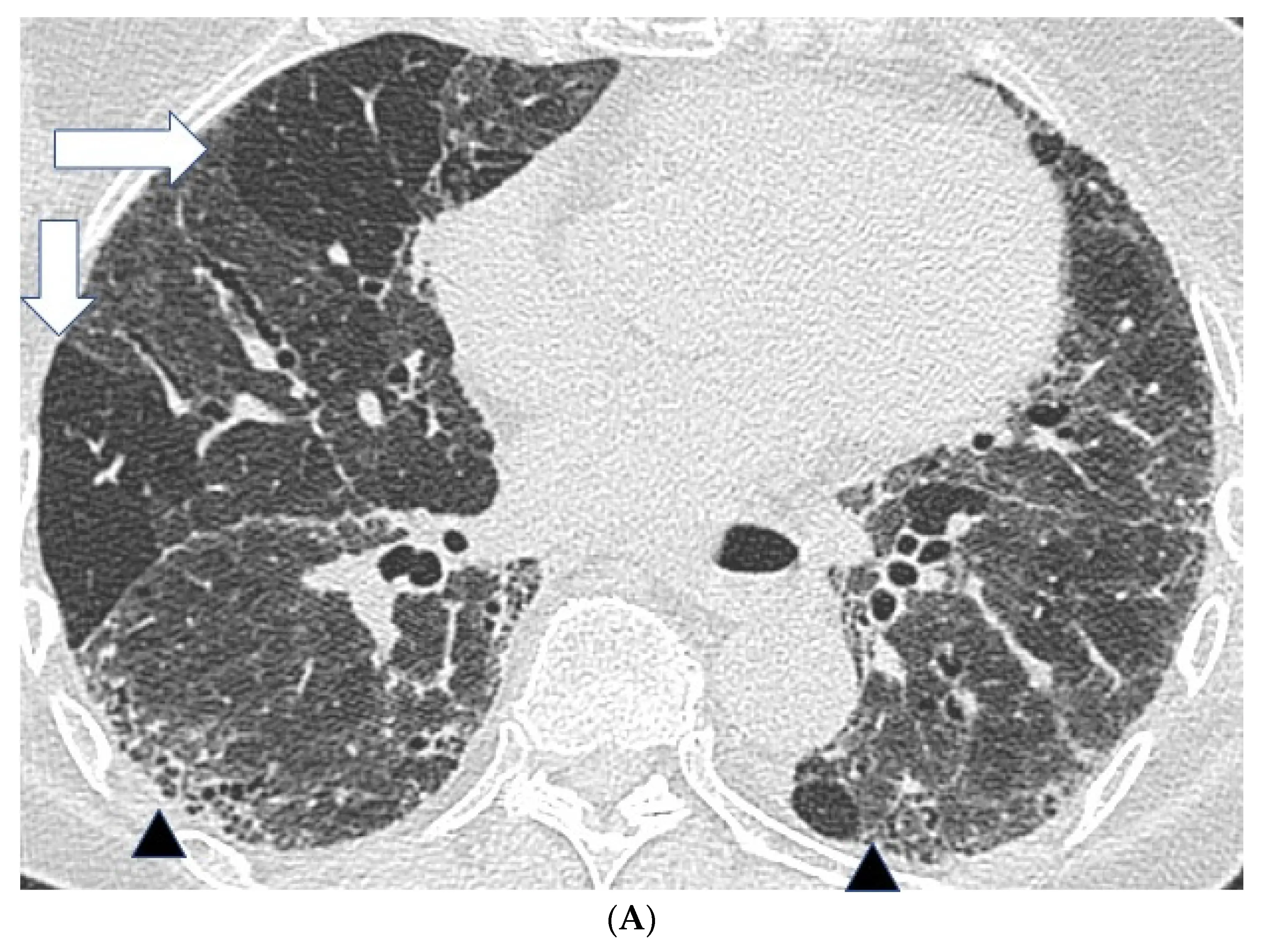Can Hypersensitivity Pneumonitis be Cured?
Sometimes
Avoiding exposure to triggers is crucial for preventing and managing symptoms; outcomes depend on the severity of the condition and the success of trigger avoidance and treatment

What is Hypersensitivity Pneumonitis?
Hypersensitivity pneumonitis is an inflammatory lung disease caused by the inhalation of certain environmental allergens, such as mold or bird droppings. Symptoms may include cough, difficulty breathing, and fatigue. Management involves avoiding exposure to the triggering allergen and, in some cases, using medications to reduce inflammation.

Clinical Aspects

Characteristics
Inflammatory lung disease caused by an allergic reaction to inhaled dust, mold, or other antigens

Symptoms
Cough, difficulty breathing, fatigue, fever

Diagnosis
Clinical evaluation, imaging, lung function tests

Prognosis
Variable, depends on early intervention

Complications
Chronic lung disease, potential for respiratory failure
Etiology and Treatment

Causes
Exposure to specific environmental triggers, such as bird droppings, mold, or chemicals

Treatments
Avoidance of triggers, corticosteroids for severe cases, symptomatic treatment

Prevention
Avoidance of triggers, corticosteroids for severe cases, symptomatic treatment
Public Health and Patient Perspectives

Epidemiology
Occupational or environmental exposure

Patient Perspectives
Avoidance of triggers and medical intervention are crucial
While the information presented here reflects the current knowledge about these conditions and treatments, it’s important to understand that individual cases may differ. Consulting with a healthcare professional is crucial for accurate information tailored to your specific needs.
Share: